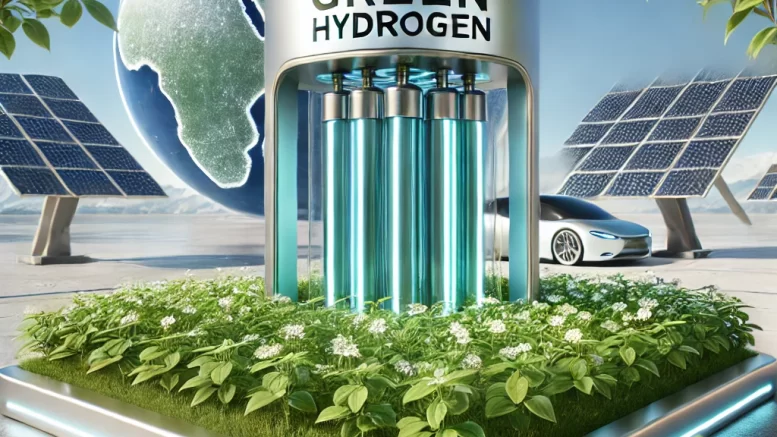The technology is making the news but what actually is it?
The Labour party has mentioned its interest in green hydrogen as part of its industrial strategy. Many are familiar with hydrogen power but how is green hydrogen different and what makes it “green”?
Green hydrogen involves using electrolysis to split water into hydrogen and oxygen. It is “green” because the process doesn’t involve fossil fuels such as coal but instead uses renewable sources such as wind or solar energy.
The advantages of green hydrogen include the benefits for storage for renewable power and the fact that hydrogen can be used in fuel cell vehicles (though hydrogen-powered cars have enjoyed a rocky ride of late).
The fact that hydrogen can be liquefied or compressed makes it useful as when “excess” renewable energy is generated in intermittent periods it ca be stored for later when there is no longer energy being generated.
The problems relating to hydrogen are the costs involved in its production, a problem which affected the hydrogen car market as the cost of refilling a hydrogen-powered car is typically not cheap and there are currently limited numbers of passenger cars available to the general public. As a result hydrogen is being touted more as an option for the HGV/commercial bus market.
However government incentives and investment could drive down the costs involved, with improvements in the process of making hydrogen from a cost perspective a potential benefit.
One area where hydrogen or “green hydrogen” could deliver real benefits is in providing access to energy in remote areas not just in the UK but overseas where there is access to renewable energy sources but they are intermittent.
Hence storage could provide a supply of energy in such times. Some notable companies involved in the hydrogen business include ITM Power and Octopus Hydrogen.

Be the first to comment on "What is green hydrogen?"